Tipping point: The restaurants scrapping ‘discretionary’ service charge
As some begin to adopt the French model of including it in the overall bill, Clare Finney asks who is this benefiting and is it just confusing diners more?
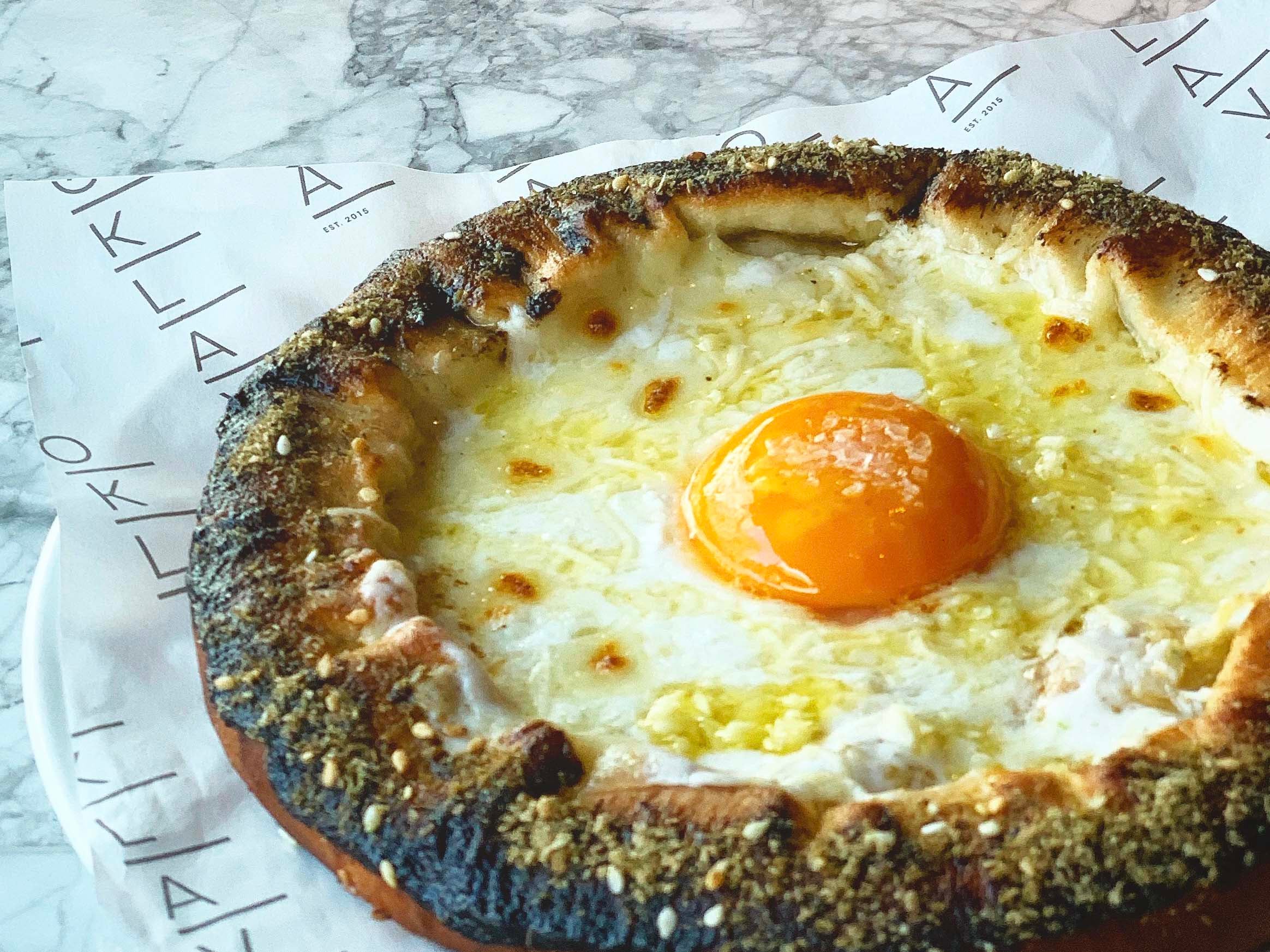
On 7 May this year Jeremy King, co-founder of the London-based Corbin and King restaurant group, made an impassioned plea to all the customers on the mailing lists of their restaurants, which include The Wolsey, Fischers, Brasserie Zedel and The Delaunay.
An announcement had been made that “came like a knife that struck to the heart of the catering industry,” he said on a pre-recorded video. “Tronc, or service charge, could not be included in the calculation of wages [paid to restaurant staff by the government’s furlough scheme]. This represents to many staff as much as 60 per cent of their earnings, and is their chosen way of receiving remuneration… and means that rather than receiving 80 per cent of their income, as promised, many staff are looking at 40 per cent of their salary to feed and house their families.”
Despite earnest entreaties from King and other restaurateurs who were aghast that taxi drivers, hairdressers and others could claim on all their income while their staff couldn’t, the Treasury was “standing firm”.
Corbin and King staff were lucky. Their famously loyal customer base dug deep into their pockets and purchased enough vouchers to enable the group to continue to top up their wages.
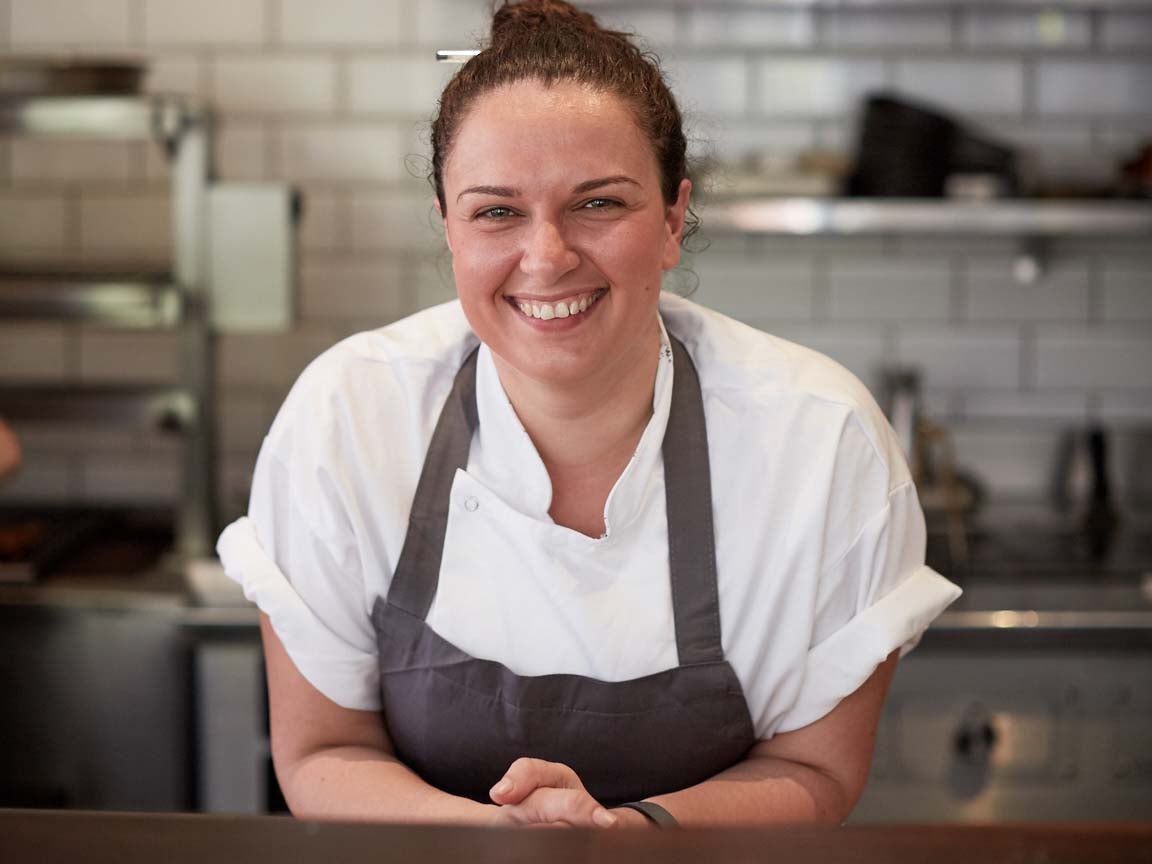
Yet this knife to the heart of the catering industry had exposed something many working in it had considered rotten for years. The tronc system is the “discretionary service charge” you find at the bottom of your bill – typically 12.5 per cent if you’re in London and 10 per cent outside – which is distributed between restaurant staff.
Because it’s “discretional” – I use inverted commas because it is considered pretty bad form to dispute it for anything less than abominable treatment – the restaurants don’t pay VAT on it, and the staff don’t pay national insurance contributions on it, so having it make up a significant proportion of their wages seems like a win-win.
We should be able to pay our staff decently without relying on an optional service charge to make up their wage
Then came lockdown, and chancellor Rishi Sunak, and the furlough scheme that left hundreds and thousands of chefs, waiting and cleaning staff scrabbling to meet ends – and with no idea whether they’d have a job at the end of it.
Suddenly the scheme that had for years baffled customers and business owners alike was called into doubt.
“In a way, I’m surprised it’s generated so much interest,” remarks Selin Kiazim, who made social media waves at the beginning of the month when she announced on Twitter her restaurants Oklava and Oklava Bakery + Wine would be scrapping service charge and incorporating it into the menu prices. “It’s something we’ve discussed doing for a long time, and with reopening it felt like a good opportunity. We had a bit of a blank slate.”
Her reasons were many and varied, but “at the forefront is that we really see hospitality as a valid a career as any other – and in no other service profession is paying for the service regarded as an optional” – a distinction Sunak consciously or subconsciously reinforced when he excluded service charge from the furlough scheme. “This idea of ‘discretionary’ service is unique to hospitality,” Kiazim continues – and, as Charles Tyler of Paladar, a Latin American restaurant in south London points out, it’s also unique to the UK.
“In the States you are expected to leave at least 15 per cent as a cash tip on the table – and if you don’t, you will probably get harangued by the server,” he continues. “In Japan, if you did that they’d probably run after you to give it back; while the French model is service compris, where service is included as part of the overall bill.” That model – and it is the model that Kiazim is adopting – appeals to Tyler, too.
We are about to go through our toughest trading period and customers are only going to be more price sensitive in a recession
“If you go to a restaurant, being served is part of the experience. All the staff, from the chefs to the waiter to the kitchen porter, work together to create it.” But instead of being upfront about that and just incorporating it into the menu, a la the French, “this weird service charge is added, for tax reasons and because it makes the headline price on the menu less frightening”.
Handled properly (and there is no guarantee that unscrupulous restaurant owners won’t keep a sizeable chunk back) it is “the most tax efficient way of paying staff – but it is very confusing for some customers, who don’t understand why it’s there, whether it is a tip or as well as a tip and where the 12.5 per cent figure came from – and the tronc scheme can be a headache to operate,” says Tyler.
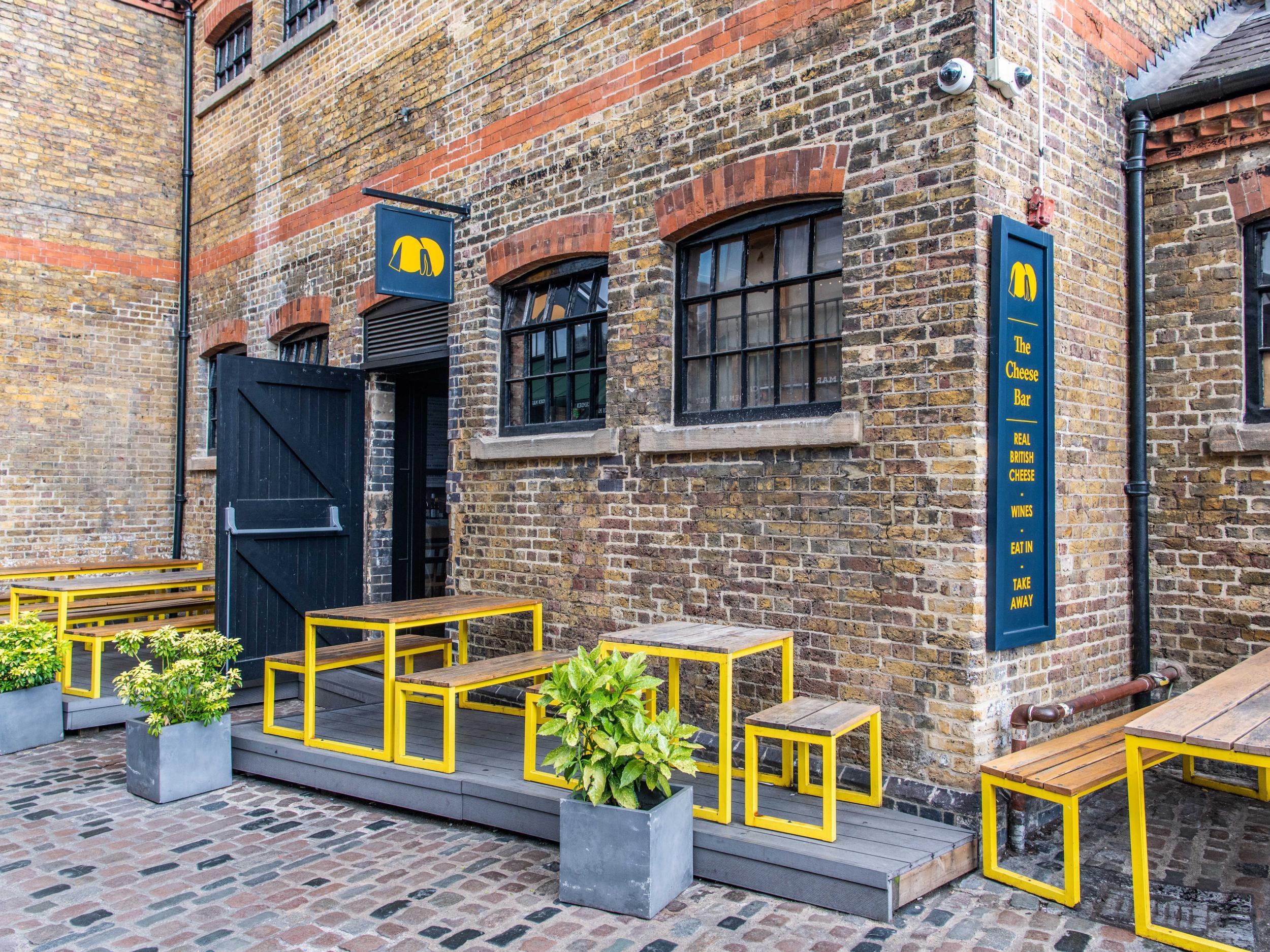
Yet for all this, Tyler has not be reopening his restaurant with service compris – nor has he plans to for so long as “the only winner is the chancellor”. “I like the French model, but it would make us seem very expensive, so long as we were the only ones doing it,” he says. “It is not just a matter of effectively transferring the service charge onto the main dishes. We would have to build in VAT as well.”
At the moment, VAT on food in restaurants has been slashed to 5 per cent. This might not seem significant, but “come January next year, when VAT goes back up to 20 per cent, the prices would have to go up still further”. In an age where we invariably google a restaurant’s menu prior to dining there, Tyler fears adding service charge to the prices would deter diners who might not understand why Paladar’s dishes seemed more expensive than their competitors.
The vast majority of people don’t see hospitality as a career – a skill, as valid as any other... We should be able to pay our staff decently without relying on an optional service charge to make up their wage
“I am for it as in an idea, but I am apprehensive,” agrees Matthew Carver, founder of the Cheese Bar in Camden and Pick and Cheese in Covent Garden. “We are about to go through our toughest trading period and customers are only going to be more price sensitive in a recession. Fundamentally, the important thing for us is keeping jobs.
“Simply bumping up the prices is a bold move in tourist areas like Camden and Covent Garden, where there are so many alternative options,” says Carver. Part of the issue is that there is already a public disconnect around the true cost of food in this country. “People still remark that our dishes are more expensive – even when we talk about local sourcing and fair trade.” Yet having a separate service charge has brought its own issues around public perception of the restaurant business.
“I think the vast majority of people don’t see hospitality as a career – a skill, as valid as any other,” Kiazim says. “There was Brexit, and the whole immigration points system, with us being called low-skilled workers – and now this with the furlough. We should be able to pay our staff decently without relying on an optional service charge to make up their wage.”
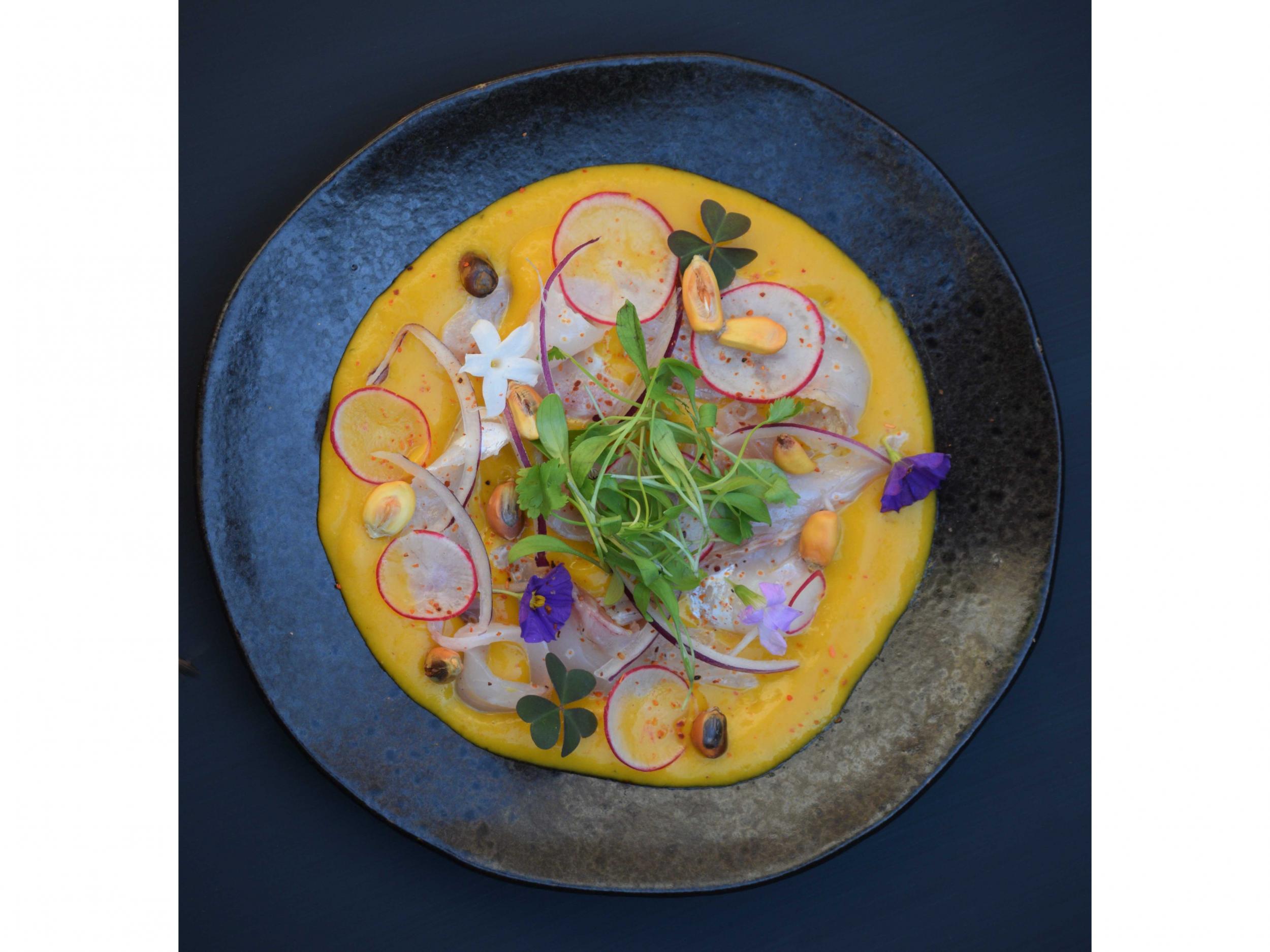
For Kiazim, one of the main sources of the confusion with service charge – at customer and government level – is around tips. “A service charge is not a tip. At almost every restaurant in London, service charge is used to make up staff salaries. A tip, however, is for extraordinary service.” Restaurants pay a flat rate salary – the minimum or living wage in most cases, though some do pay more – then use the service charge “to bring it up to industry standard,” Kiazim continues. They won’t encourage Oklava diners, under the new system, to leave tips – “but if they want to it is up to them. The thing we’re trying to highlight here is the difference between the two”.
What Kizaim and her fellow service charge dissidents at restaurants Leroy and Hill & Srok are keen to emphasise – and what the failure of the furlough scheme underlined – is that the words “discretionary service charge” do not mean staff spending money, but rent, groceries and utilities; and that taking it subject to change and discretion renders them vulnerable. “We are adults working in this business, with bills to pay. We should have a secure income”, says Kizaim. They should not have salaries that vary drastically from the heady month of December, when people dine frequently and tip generously, to the leaner months of January and February.
I ask friends and fellow dining fans if they understand the service charge, and how it works. Their answers, unsurprisingly, correlate almost exactly to their distance from the M25. It’s no coincidence that while Carver and Tyler grapple with the idea of abandoning the charge, in Cornwall chef and restaurateur Paul Ainsworth hasn’t charged for service in 16 years.
“It felt weird to be coming down from London to a seaside town and charging 12.5 per cent service to locals – so we went without, and quite quickly it became clear it was something the customers noticed and appreciated.” By the end of the first year, it transpired that the tips the customers were leaving averaged out at 10 per cent of their takings – money Ainsworth divvied up between them via a tronc. Customers like it because “they can make the decision, and reward someone for doing a brilliant job”, he says; staff like it “because it creates a good working culture within the team – and because it’s a bonus. They get their salary, then halfway through the month there’s another payment coming in”.
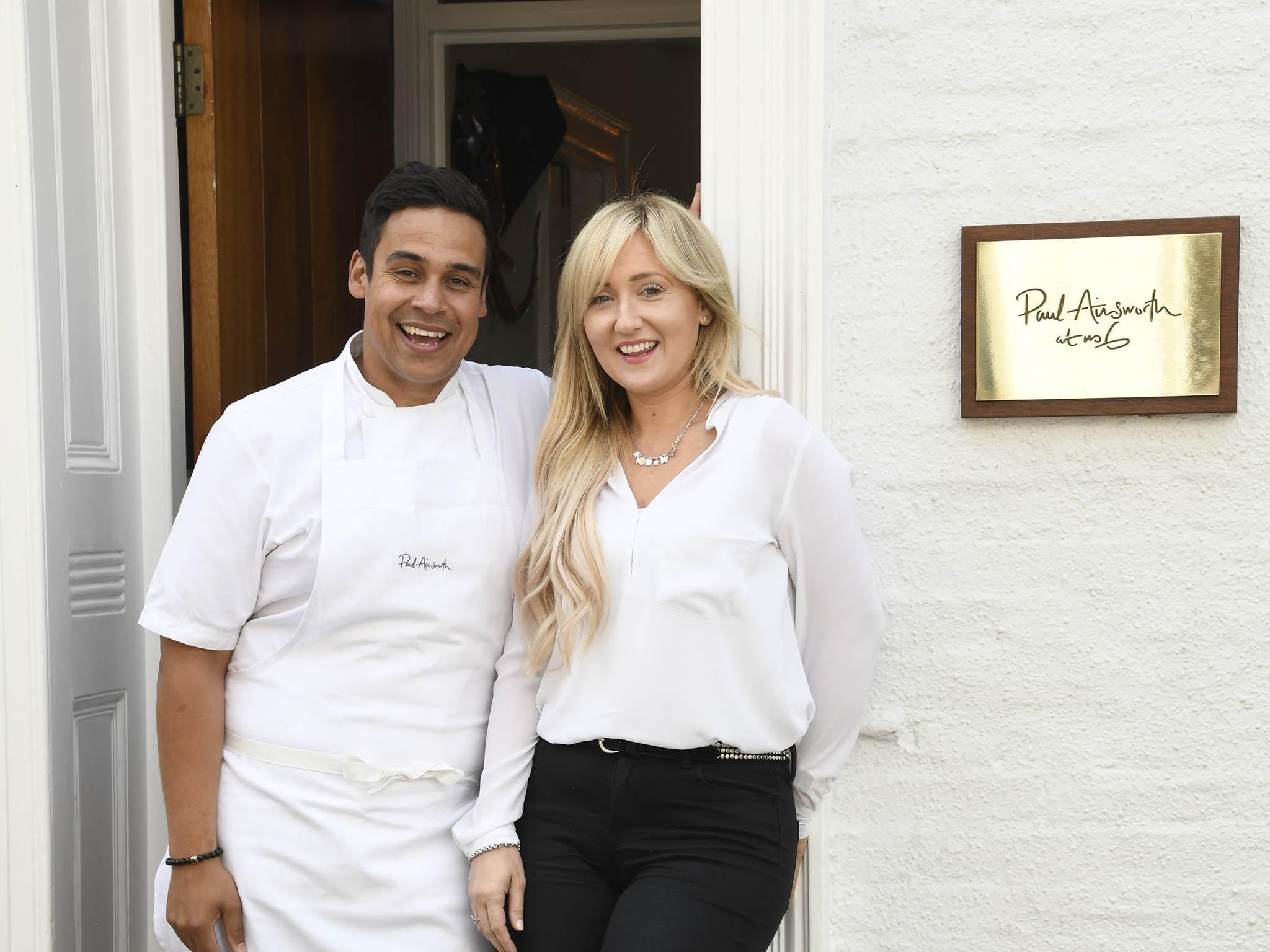
It sounds ideal – and is, in Cornwall – but in a way Ainsworth’s model just serves to show how confusing the current system is. What he calls tips would, in London, be regarded as service. He runs it through a tronc, and his staff benefit from the national insurance exemptions. He expects his customers will feel satisfied enough with their experience to leave 10 per cent of the bill, and the majority – “the vast majority, Clare” – do.
Kiazim will not expect her customers to leave 10 per cent of the bill under the new system. What it will enable her and other restaurant owners who are adopting it to do is pay her staff a decent regular wage so their income is “no longer up to the discretion of the customer” – and the chancellor. Outside of London, where the cost of living is substantially lower, Ainsworth can afford to do this without relying on customer generosity. “During furlough, our guys were getting 80 per cent of their salary. They weren’t getting the monthly boost from tips, but they weren’t going out, so they were spending less money,” he says. To his mind – and to his staff – tips are the “fun money” the British public often consider them to be.
London has, however, developed a New York European hybrid. The 12.5 per cent (in itself a halfway between the 10 per cent of old and the 15 per cent of NYC) is labelled “optional” but isn’t, really. Customers often resent it, because it can come as a shock at the end of the meal – and “some companies have abused it, so it has a slightly shady reputation,” says Carver. “It doesn’t convey professionalism.” Ultimately, though, he feels the decision should really come down to his staff, who it will most effect, and to whom he feels a great deal of responsibility. “We’re weighing it up. It is something that has come into our minds a lot more because of what has happened [with the furlough scheme]. It is so unfair that at every other time the service charge is considered a wage.”
In an ideal world, says Kiazim, all restaurants would follow the smoke of Oklava and Leroy and scrap it. “That will make it more effective, if it’s the new normal. The furlough scheme brought into focus the issues around the tronc or service charge – and I think many people would like to make this change and stand up for those working in hospitality.”
Like Carver at the Cheese Bar, Tyler longs “for a nice clean playing field. We’ve dodged the issue for so long, not wanting to talk about it in public because it’s embarrassing – but it needs to be fixed properly”. Whatever individual restaurant owners end up doing, now is a good time to have this debate, they tell me. “In the past few years, when things have been okay and they’ve been getting service charge every month, staff are less likely to want to change it but now we’re all sharing and liking posts about scrapping or changing it, it seems a good time to have this discussion,” Carver muses. “Forgive the pun,” says Tyler, “but we appear to have reached a tipping point.”
Join our commenting forum
Join thought-provoking conversations, follow other Independent readers and see their replies
0Comments